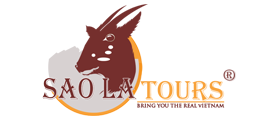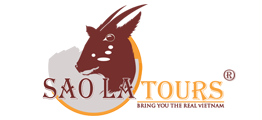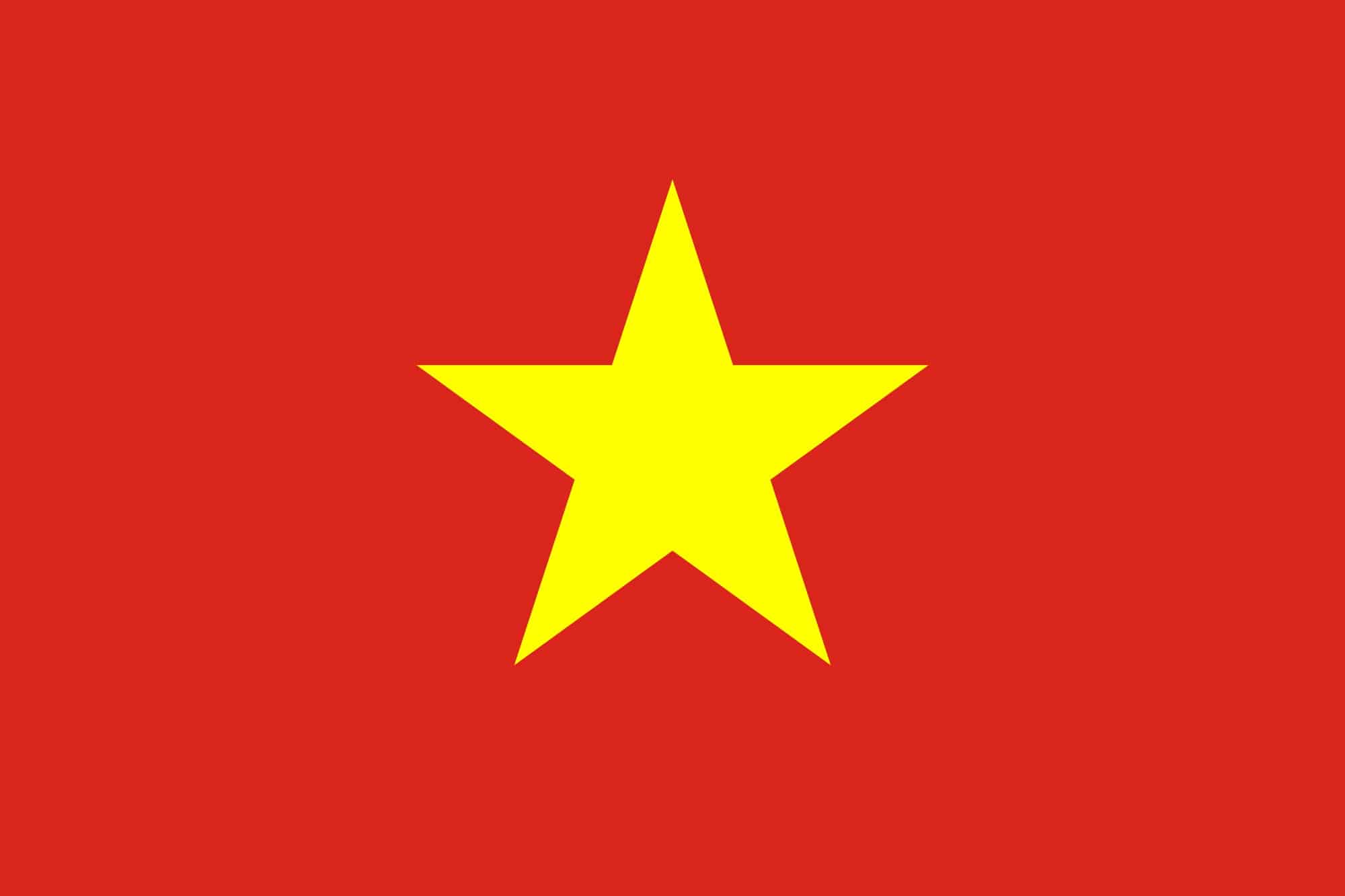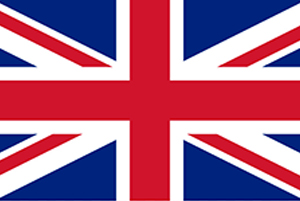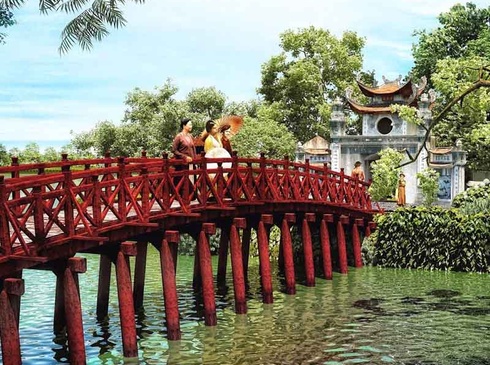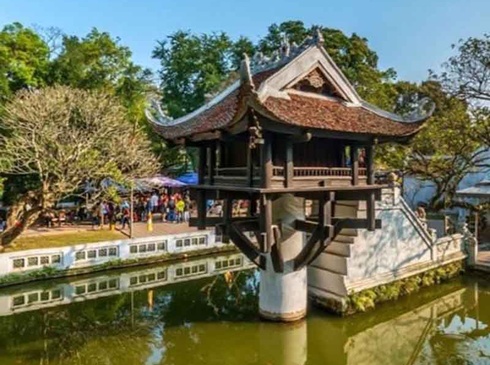Travel Back in Time with Vietnam Traditional Medicine
Vietnam is a country steeped in history, tradition, and ancient knowledge. Among its many treasured secrets is traditional medicine, which has been used for generations to treat a range of medical conditions. From acupuncture to herbal remedies and massage, traditional medicine is a holistic approach that treats the body as a whole. By understanding the principles of traditional medicine, it is possible to gain a deeper understanding of Vietnamese culture, which has been shaped by its fascinating history.
.jpg)
Acupuncture is a well-known modality of traditional medicine that has been practiced in Vietnam for centuries. The therapy involves inserting fine needles into specific points in the body to stimulate the flow of energy known as qi. It is believed that when this energy is in balance, the body can heal itself. Acupuncture can be used to treat a range of conditions from pain and stress to infertility and insomnia.
Another key component of traditional medicine is herbal remedies. Vietnamese traditional medicine uses a variety of herbs, roots, and spices to treat everything from minor ailments to chronic diseases. Some of the most commonly used herbs include ginseng, ginger, turmeric, and green tea. Each herb has its unique set of healing properties, and they are often combined to create powerful remedies.
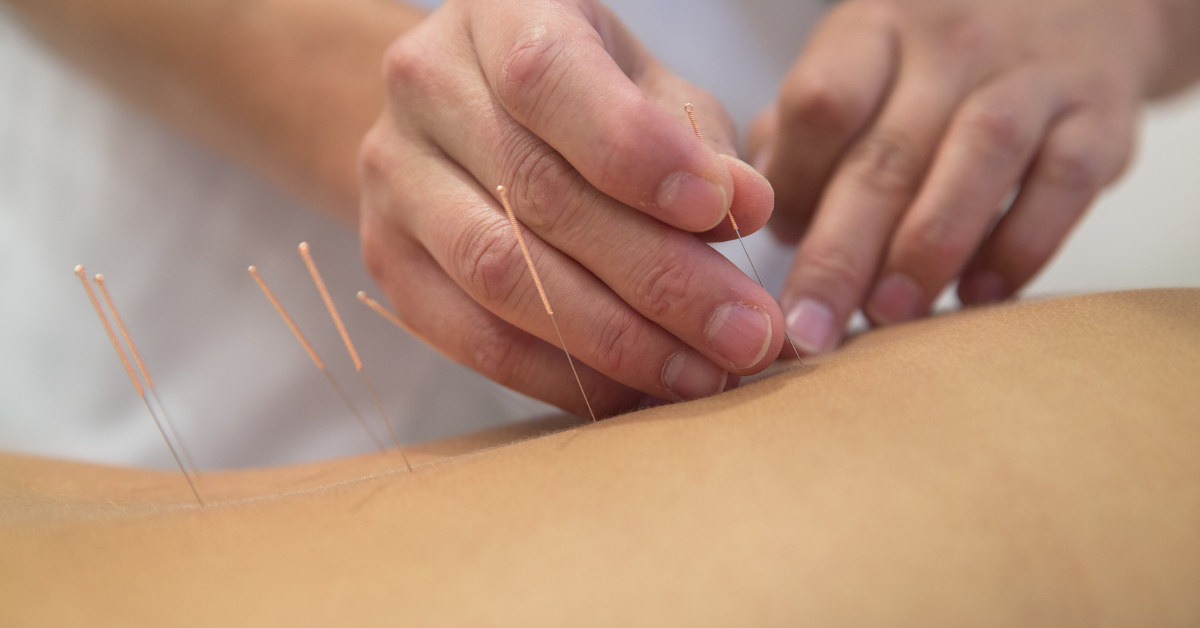
Massage therapy is another popular modality in traditional medicine. Vietnamese massage is typically a combination of deep tissue work, acupressure, and reflexology. It is used to relieve stress and tension, promote circulation, and improve flexibility. The therapy is often accompanied by the use of herbal oils, which are believed to enhance the therapeutic benefits of the massage.
Cupping is another ancient practice that has been used in Vietnam for centuries. The therapy involves placing glass cups on the skin and using suction to promote blood flow. It is believed to help release tension and toxins from the body and can be used to treat a range of conditions from respiratory disorders to back pain.
Conclusion: Vietnam traditional medicine is a fascinating subject that speaks to the country's rich cultural heritage. As you travel through the country, you will have the opportunity to learn more about these ancient practices and how they have impacted Vietnamese society. Whether you are looking for an alternative treatment for a medical condition or simply interested in learning more about traditional medicine, Vietnam is an excellent place to start. By opening
